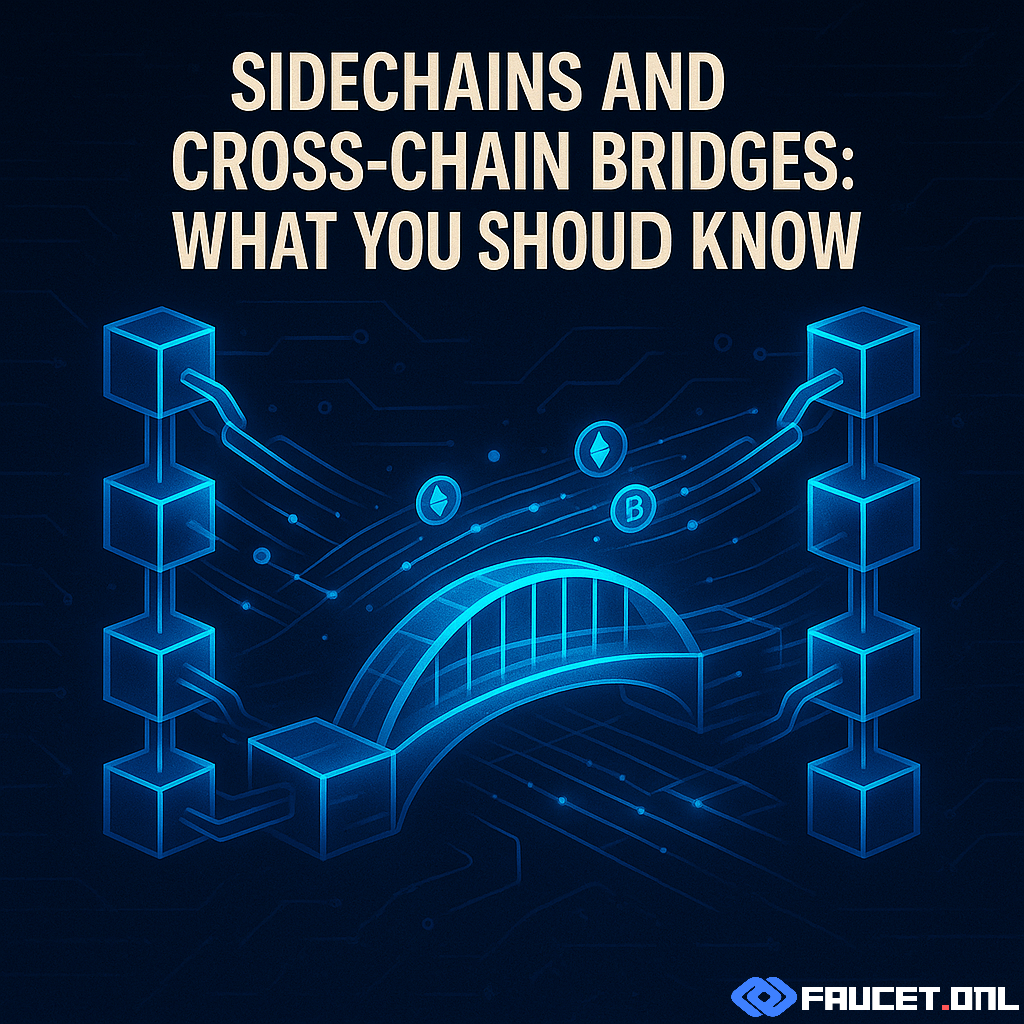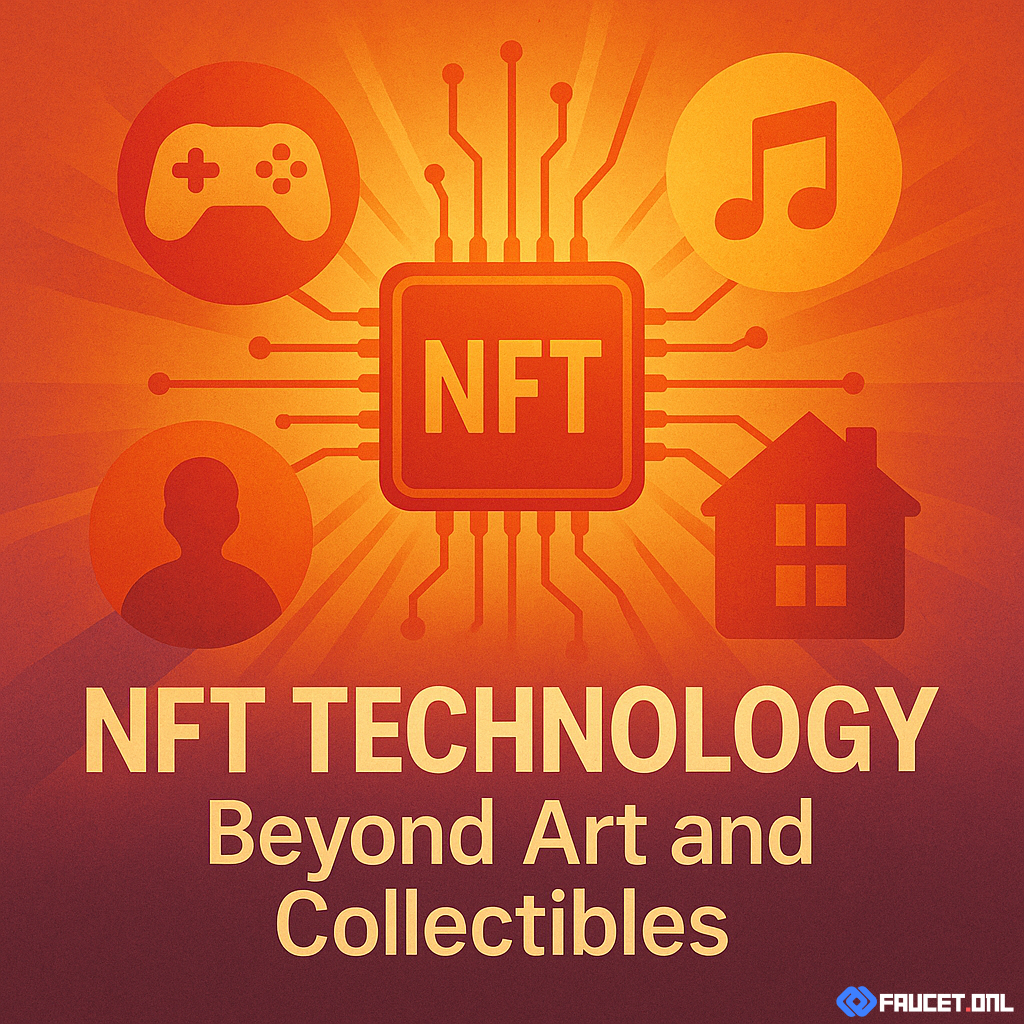What’s a Sidechain?
Definition and Core Concepts
A sidechain is an independent blockchain that runs in parallel with a primary blockchain (mainnet), typically connected by a two-way peg. This mechanism allows assets or data to move securely between the main chain and sidechain, while each chain maintains its own consensus rules. Sidechains enable scalable experimentation—testing new features, higher throughput, or privacy options—without endangering mainnet security or stability.
Benefits and Use Cases
Sidechains can serve specialized functions, from facilitating private transactions to testing protocol upgrades and scaling solutions. Their flexibility allows projects to innovate faster, isolate potential risks, and create new ecosystems while maintaining value transfer with the primary network.
Cross-Chain Bridges
Definition and Functionality
Cross-chain bridges are protocols that connect two or more blockchains, making it possible to transfer assets, tokens, or data between distinct networks. Unlike sidechains—which are usually anchored to a specific mainnet—bridges link otherwise separate blockchains, such as Ethereum and Solana, to enhance liquidity and utility across ecosystems.
How Bridges Operate
Bridges typically function through a combination of smart contracts, custodians, or validator networks. When assets move across chains, they are locked on the source chain and minted or released on the destination chain. This lock-mint-burn-release cycle is coordinated and verified by validators or oracles monitoring both sides of the transfer.
How They Work
General Workflow
Most cross-chain bridges follow a similar operational model:
- Lock: Assets are locked in a smart contract on the originating chain.
- Mint or Release: Equivalent assets are created or released on the target chain.
- Burn or Lock (for reverse): Assets are burned or locked when moving back, unlocking the originals.
- Validation: Validators, oracles, or trusted intermediaries confirm cross-chain transactions and prevent fraud.
Innovation and Flexibility
These mechanisms increase flexibility for decentralized applications, enabling composability across ecosystems. However, reliance on external validators or centralized bridge operators can introduce trust assumptions and single points of failure.
Risks
Security and Trust Challenges
While sidechains and cross-chain bridges offer powerful interoperability, they present significant risks:
- Security Vulnerabilities: Bridges are prime targets for attacks. Smart contract bugs, compromised validators, or weak trust models can lead to large-scale losses, as seen in major hacks.
- Centralization: Some bridges rely on a small set of operators, creating single points of failure and potentially undermining blockchain decentralization.
- Complexity: Multi-chain infrastructure increases the attack surface and operational overhead, making rigorous auditing and security practices essential.
Limitations and Considerations
Users must consider risks such as downtime, validator collusion, and changing trust assumptions when moving assets between chains. Transparency about bridge design, audits, and decentralization is crucial for assessing safety.
Future Trends
Innovation in Interoperability
As the blockchain ecosystem evolves, next-generation solutions aim to reduce risks and improve seamless connectivity:
- Trustless Bridges: Projects are building bridges with minimized trust requirements, leveraging advanced cryptography like zero-knowledge proofs.
- Standardization: Industry standards for messaging and token transfer protocols will improve compatibility and security across diverse chains.
- Native Interoperability: Emerging blockchain networks incorporate cross-chain features at the protocol level, enabling direct, secure asset transfers without external bridges.
Long-Term Outlook
Sidechains and cross-chain bridges are essential for the future of blockchain interoperability. As solutions mature and new innovations are deployed, the vision of a seamlessly connected, multi-chain world becomes increasingly achievable for users, developers, and the broader decentralized ecosystem.
Conclusion: Bridging the Future of Blockchain
Why Understanding Bridges Matters
Sidechains and cross-chain bridges play a pivotal role in the evolving web3 landscape, making connectivity and flexibility possible between independent networks. For interoperability fans, a working knowledge of these technologies and their risks is vital to participate safely and effectively in the next generation of decentralized platforms.



